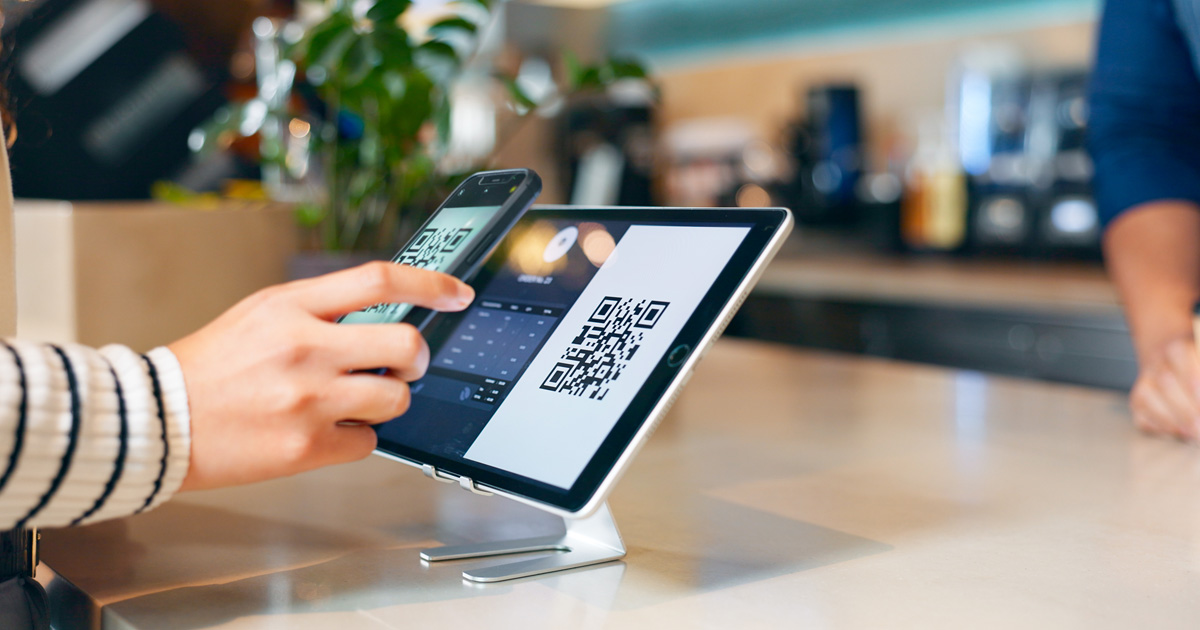Leveraging POS Data for Strategic Business Expansion

In today’s fast-paced business landscape, making data-driven decisions is not just an advantage — it’s a necessity. One of the most powerful tools for gathering actionable data is the Point of Sale (POS) system. Far from being just a checkout terminal, modern POS systems provide a treasure trove of data that can help business owners plan, scale, and expand strategically.
Understanding POS Data
POS data includes every transaction processed through the system. It captures information like what was sold, when it was sold, how much stock remains, which payment method was used, who sold the item, and who purchased it. This wealth of real-time and historical data provides deep insights into customer behavior, sales trends, inventory performance, and overall business health.
When businesses use this data effectively, they gain a clearer picture of what’s working, what’s not, and where opportunities lie.
Key Ways to Use POS Data for Business Expansion
1. Identifying Best-Selling Products
One of the simplest but most powerful uses of POS data is tracking best-sellers. By identifying which items are consistently performing well, businesses can focus on stocking, promoting, and expanding those product lines. Conversely, underperforming products can be phased out, reducing waste and improving profit margins.
This insight allows you to refine your product offerings when expanding to new locations or scaling online operations.
2. Optimizing Inventory Management
Nothing slows down business growth like inventory issues. Overstocking ties up capital, while understocking leads to lost sales. POS systems help you analyze sales patterns, seasonal demand, and reorder cycles. With these insights, businesses can implement smarter inventory strategies, especially when opening new branches or entering new markets.
Using POS analytics, you can forecast demand accurately and ensure the right products are available at the right place and time.
3. Enhancing Customer Experience
POS data provides a detailed view of customer preferences, frequency of purchases, and buying habits. Businesses can segment customers, build loyalty programs, and tailor promotions based on actual behavior rather than assumptions.
For example, if data shows that a certain group of customers prefers buying during weekends, you can offer time-limited weekend discounts to boost traffic. These small improvements can have a big impact when replicated across multiple locations.
4. Evaluating Staff Performance
When expanding your business, it’s crucial to know which team members are driving the most value. POS systems track sales by employee, giving you an overview of individual and team performance. This helps in creating incentive programs, improving training, and ensuring top performers are placed in critical roles in new branches.
5. Guiding Marketing Strategies
POS data reveals which promotions worked best, which products sold more during specific campaigns, and what time periods saw the highest footfall. These metrics allow you to build high-performing marketing strategies. When expanding, this ensures your budget is being spent where it matters most.
Instead of guessing which marketing channels to invest in, POS insights offer a clear view of return on investment.
6. Testing New Markets
Before opening a new location or launching a new product, POS data can be used to run pilot tests. You can track customer reactions, sales velocity, and repeat purchases to evaluate market potential. This reduces the risk associated with business expansion.
Final Thoughts
POS systems have evolved into powerful business intelligence tools. When used correctly, POS data becomes a roadmap for sustainable and strategic growth. It helps you make informed decisions about what to sell, where to expand, how to market, and who to trust with key responsibilities.
For businesses aiming to grow efficiently, leveraging POS data isn’t just smart — it’s essential. Investing time in understanding and applying the insights from your POS system could be the difference between growth that’s merely possible and growth that’s scalable and successful.






